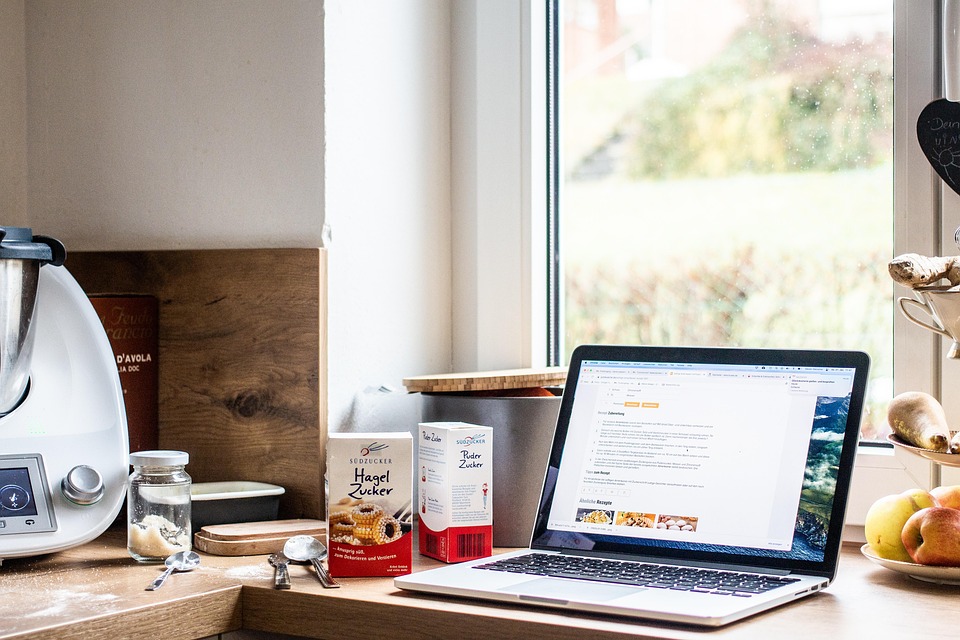Food
Essential Food Safety Tips for Your Kitchen

Hey there, kitchen warrior! Whether you’re whipping up a fancy meal or just reheating last night’s leftovers, keeping your kitchen safe and your food fresh is super important. Foodborne illnesses can ruin dinner plans and even send you to the doctor, so let’s dive into some essential food safety tips that’ll keep you and your loved ones safe while you cook up a storm.
Why Food Safety Should Be Your Top Priority
I get it—when you’re cooking, it’s easy to get caught up in the flavors, textures, and all that jazz. But let’s not forget that safe food handling is just as critical as seasoning your pasta sauce! In the U.S. alone, around 48 million people get sick from foodborne illnesses every year, according to the Centers for Disease Control and Prevention (CDC). Yikes! That’s a lot of tummy troubles.
By following a few essential tips, you can dramatically reduce the risk of foodborne illnesses. Here’s how.
Keep It Clean: The Foundation of Food Safety
Start with Clean Surfaces and Utensils
Before you even think about chopping vegetables or mixing batter, make sure your kitchen is spotless. Here’s what to do:
- Wash your hands: Use soap and warm water for at least 20 seconds before and after handling food.
- Clean surfaces: Wipe down countertops and cutting boards with hot, soapy water. You can even use disinfecting wipes for an extra level of cleanliness.
- Sanitize utensils: Knives, spoons, and other tools should go through a quick wash as well. Yeah, that means even the fancy ones!
A little dirt can lead to a lot of germs. Keeping a pristine environment will make cooking feel even more enjoyable!
Avoid Cross-Contamination
This is a fancy term that simply means keeping raw and cooked foods separate. Here’s a simple breakdown:
- Use separate cutting boards: Designate one for meat and another for fruits and veggies.
- Store foods correctly: Keep raw meats on the bottom shelf of your fridge to prevent juices from dripping onto other foods.
- No double-dipping: Don’t use the same utensils for different foods unless they’ve been cleaned. That means putting down the spatula after flipping chicken!
By keeping things separate, you’re doing a huge favor for your health.
Proper Food Storage: Keep Your Ingredients Safe
The Ins and Outs of the Fridge
If your fridge is more like a free-for-all than a safe haven, it’s time to get it in line. Here are some storage tips:
- Temperature check: Keep your fridge at or below 40°F (4°C). Invest in a thermometer to make sure it’s working properly.
- Know shelf life: Rotate foods by using the “first in, first out” (FIFO) method. If you buy groceries, put the older items in front to use up first.
- Store appropriately: Use airtight containers for leftovers to prevent contamination with other foods.
Keep an Eye Out for Expiration Dates
We’ve all been there, staring at a half-empty bottle of ketchup that expired last year. Don’t risk it! Regularly check expiration dates on packaged foods and throw out anything that’s expired. Your gut will thank you.
Cooking: The Heart of Safety
Cook Foods Thoroughly
Ever wonder if that chicken is cooked through? Here’s a quick rule of thumb:
- Use a food thermometer: Cook poultry to an internal temperature of 165°F (73.9°C). Ground meats should hit 160°F (71.1°C).
- Know visual cues: Chicken should not look pink inside, and juices should run clear.
Playing it safe here is all about ensuring those icky bacteria are history!
Keep Hot Foods Hot and Cold Foods Cold
When it comes to food, temperature matters. Bacteria can thrive in what’s called the "danger zone" between 40°F (4°C) and 140°F (60°C). So, here’s what to do:
- Rapid cooling: If you’re chilling leftovers, do it quickly. Pop them in the fridge within two hours.
- Reheat properly: When reheating, make sure food reaches at least 165°F (73.9°C).
By keeping food at the right temperatures, you’re giving bacteria zero chance to party!
Be Mindful at the Grocery Store
Choose Wisely
When you’re shopping, pay attention to how you handle food right from the get-go:
- Check for freshness: Look for packaging that’s not damaged and fruits or veggies that aren’t bruised or moldy.
- Keep raw meat separate: Use plastic bags for raw meats and keep them from touching other foods in your cart.
Don’t Skip the Wash
Before you toss those fruits and veggies into your cart, give them a good rinse at home. Washing with water (and sometimes, a little soap) can reduce germs and pesticides. The USDA has some great guidance on this!
Get Educated and Stay Informed
Food safety is always evolving, just like recipes and cooking techniques. So, staying updated is key. The USDA provides fantastic resources for safe food handling, storage, and preparation. Check it out here.
By following these essential tips, your kitchen can become a haven for healthy food and happy cooking. Remember to celebrate the process and have fun while you’re at it!
So, what are you waiting for? Grab that apron and start your journey to food safe cooking! Your kitchen—and your stomach—will thank you!
